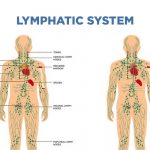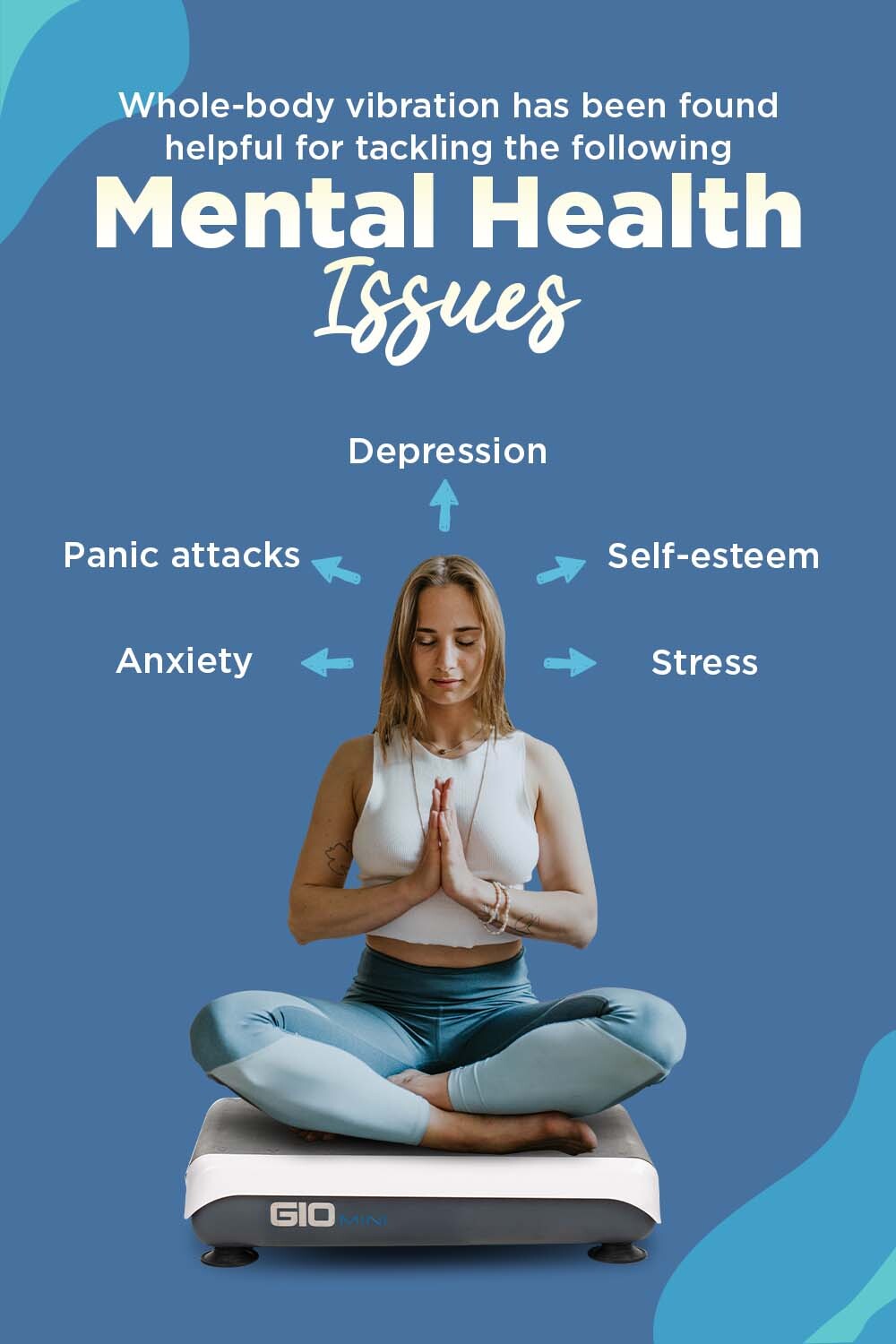How Successful Is Vibration Therapy for Anxiety?

Vibration therapy also referred to as whole-body vibration (WBV), has been around for quite some time now, improving people’s health in various ways. So far, the activity, which is performed on a body vibration machine, has been proven beneficial for strengthening bones, boosting muscle power, promoting cardiovascular well-being, accelerating physical recovery, and reducing weight.
More recent studies have been focusing on another link between whole-body vibration and human health, namely the use of vibration therapy for anxiety and depression. The results so far appear to be quite promising, showing several positive correlations between vibrating activity and mental health improvement.
In the following lines, we are going to explore in greater detail the vibration therapy mental health-related and will examine whether the vibration platform is a useful means for alleviating the symptoms of these conditions.
Whole-Body Vibration Therapy for Mental Health
Nowadays, mental health problems, such as anxiety, depression, and high-stress levels, are on an epidemic scale. The lives of millions of people in the United States and worldwide are affected by these disorders and it seems that there is no way back. The same applies to the lives of those who are around the affected individuals, including family and friends.
Mental health issues can significantly disrupt more or less every area of our lives. These conditions affect the way our bodies function, our sleep patterns, our eating habits, and the way we socialize. However, not everything is lost. The good news is that help is always available and new methods for tackling the symptoms of mental health disorders are constantly being found.
One of the latest additions in that area is whole-body vibration therapy for depression and other common mood disorders. Over the past several decades, the positive link between WBV and mental health has been a subject of numerous studies, such as this randomized placebo-controlled trial. Sifting through the results makes it evident that vibration therapy offers a beneficial way of improving the symptoms of common mood disorders.
Scientists have concluded that vibration exercise provides an easy, less-impactful, and drug-free means for reducing the adverse effects of various emotional afflictions. All you need to do is to stand or sit on the platform and let the vibrations do their job. 15 – 20 minutes a day, several days a week are perfectly enough for you to scoop out all the health benefits.
To date, whole-body vibration has been found helpful for tackling the following mental health issues:
- Anxiety
- Panic attacks
- Depression
- Self-esteem
- Stress
The Difference Between Depression and Anxiety
It has been estimated that 1 in 4 people globally experience some sort of mental health problem every year. That means there is a relatively high chance you might know someone who has been affected by a form of depression or anxiety. These two disorders are among the most common mental health issues of the present day, which is why we hear about them so often.
But how much do we know about them, and what are the main differences between the two conditions? To start with, we can say that one of the most prominent differences between depression and anxiety is that the former is a single illness, whereas the latter refers to a number of conditions, including some types of phobias and panic disorders. Here are some of the most common dissimilarities between the two mental health problems:
- Depression – refers to one illness that has a lot of different symptoms. The condition may be expressed differently in different individuals, but it is always approached and treated as a single mental health disorder.
People who are depressed often feel guilty, helpless, worthless, and experience low self-esteem, lack of confidence, and even suicidal thoughts.
Among the most common physical symptoms of depression is lack of energy, fatigue, difficulties concentrating, and poor sleeping patterns, among others. The implementation of vibration therapy for depression has been found useful in relieving most of these symptoms.
- Anxiety – a condition that encompasses several different meanings. We all may experience anxious feelings at times in which case anxiety is used to describe a simple and unpleasant negative feeling. On the contrary, when anxiety is used to describe a medical condition, it is then considered as a group of mental health disorders.
Individuals who suffer from anxiety disorder experience excessive forms of anxiety, frequent worry, restlessness, irritability, and difficulties controlling those feelings.
Among the most expressed physical symptoms of anxiety are headache, muscle tension, muscle pain, excessive sweating, digestion problems, and accelerated heartbeat, among others.
Can You Use Vibration Therapy for Anxiety?
As we have already mentioned previously in this article, the use of vibration therapy for anxiety has been a subject of quite a few clinical studies lately. For instance, this study indicated that whole-body vibration improves memory, anxiety behavior, and mobility performance. Other scientific trials have found the activity beneficial for reducing the amount of stress and increasing feel-good thoughts.
Vibration therapy poses a positive effect on the release of important neurotransmitters and hormones. The high-frequency vibrations that are produced by the platform lead to an increase in the secretion of serotonin and dopamine, both of which raise positive feelings and reduce negative thoughts.
Even as little as 10 minutes a day on the vibrating plate are enough to make people feel more relaxed and in a better mood. The implementation of a regular WBV routine will continue to enhance the production of key hormones, thus further countering lethargy, negative feelings, and the inability to concentrate.
Does a Vibration Plate Help with Depression?
Depression is the other most common mood disorder along with anxiety. This is why the vibration therapy mental health correlation, including the one for depression, has been a subject of major importance among scientists involved in the field. For example, according to this study published in the Journal of Education and Training Studies, whole-body vibration has been found to positively affect depression-like feelings and symptoms.
Other researchers have found a positive link between vibration exercise and the production of Dehydroepiandrosterone (DHEA) hormone. According to them, the hormone levels decrease as age progresses, leading to a higher chance of developing chronic diseases, depression, and other neurodegenerative illnesses.
Overall, people who have implemented WBV as part of their training routine share an increase in feelings of relaxation, optimism, and positivism. This means the body vibrating plate not only tackles the bad signs of mental health problems but also improves the feel-good sensations and self-motivation. And when we feel better and more motivated, we are more likely to overcome the negative situations in life.
Final Thoughts
Mental health issues, like anxiety, depression, and stress are on the rise and have reached extremely warring levels. A quarter of the human population experiences the symptoms of these conditions at least once every year, which poses a negative effect on their lives and the lives of their loved ones.
Luckily, scientists keep coming up with new treatment methods, some of which have proven particularly beneficial. One of the latest additions in the field is the body vibration platform. The equipment produces high-frequency vibrations that travel through your body benefiting more or less every area of your health.
Vibration therapy has shown some truly impressive results for fighting depression and anxiety and we all hope that future findings will bring even more good news regarding our mental health and that of our loved ones.
References (in order of appearance)








